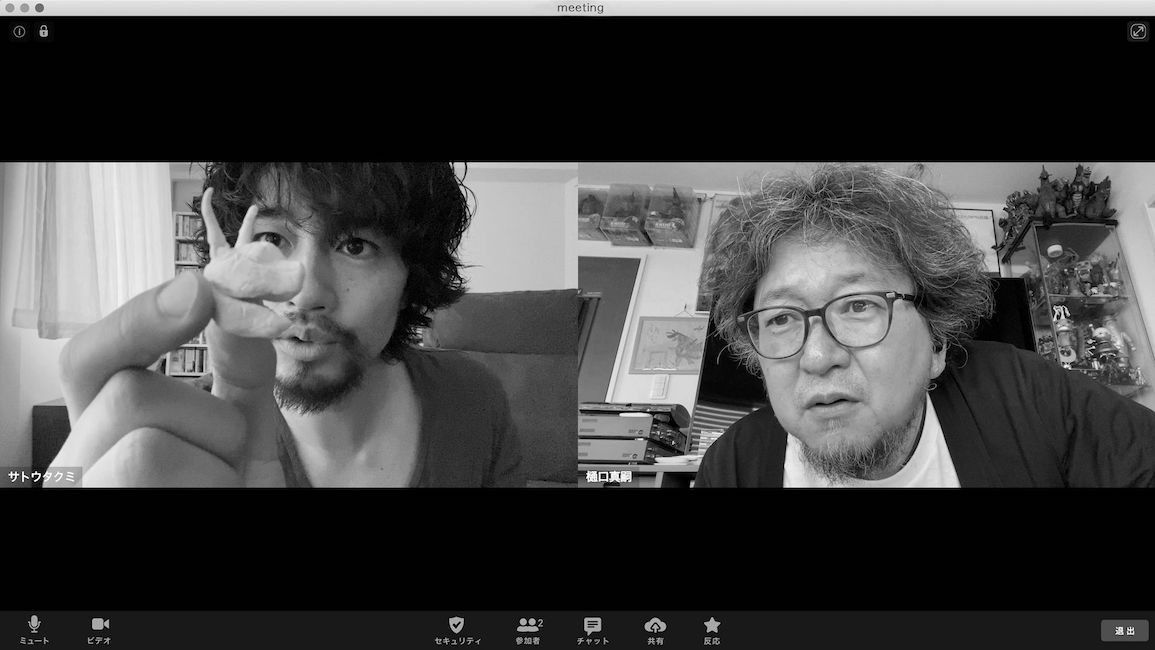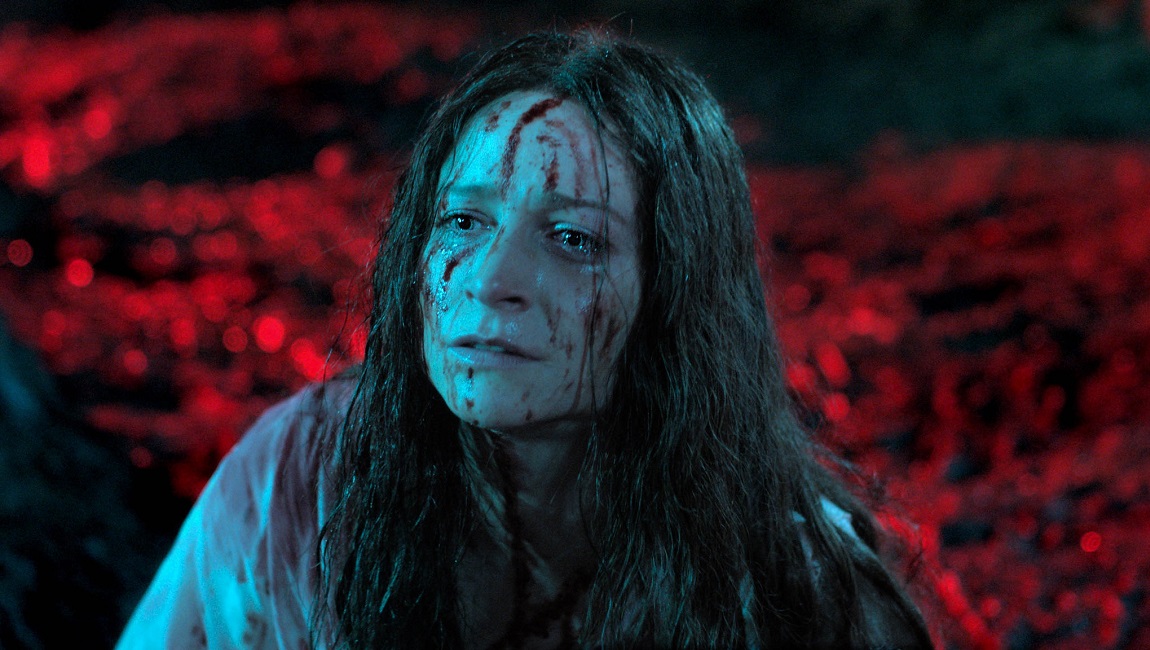In his book David Lynch: The Man from Another Place, Dennis Lim makes a key distinction between the artistic motivations of the American film brats of the 1970s and an outsider like Lynch: while the Spielbergs and De Palmas grew up on a steady diet of Hollywood productions — with lofty ambitions to copy their idols — the Philadelphia-based sculptor had borrowed little actual influence from cinema when he finally established himself as a unique directorial voice later that decade. Lynch became interested in the medium after wishing to see some of his student paintings move, and after a few stop-motion animated shorts, he moved to California with his wife and daughter to study at the AFI Conservatory. Reflecting on his time in downtown Philly, Lynch said: “It’s decaying but it’s fantastically beautiful, filled with violence, hate, and filth.” While living in the city, he would walk down the streets with a spiked baseball bat for protection; he once had his car stolen in his own drive-way, only for his replacement vehicle to be stolen just a week later. This nightmarish vision of a metropolitan cityscape would forever haunt the young film artist, specifically it’s slow decay and oppressive brutality — more importantly, he would come to later recognize the deeply traumatizing effects of attempting normality (getting married, raising a family, holding a nine-to-five, etc.) within such a relentless environment, a mentation that culminated in his first feature-length work. Taking an unprecedented amount of time and resources from the AFI — there were originally no rules established for how long students could borrow cameras from the department, but after David took nearly five years to finish production, they started implementing much stricter guidelines — Lynch constructed a rigidly detailed and methodically uncanny experience that’s more closely aligned with an installation project than a piece of commercial cinema. Often the moments of strongest mimetic power come from the seemingly ordinary, the situations and mental states of young adolescence pushed to their most abusive extremes: the high-pitched hisses of the film’s industrial soundtrack, blurring the lines between diegetic reality (the radiator inside our hero Henry’s apartment) and constructed fiction, whilst also ringing like raked nails on a chalkboard; the slowly building anxiety of an agonizing family dinner that somehow continues to ratchet up its cringe; and a fear of childbirth that’s materialized into a vision of deformed dread.
As often is the case with Lynch, his works depend upon these viscerally emotive tensions situated between affective extremities.
In regards to these heightened emotional responses, it would be easy to classify Eraserhead as a horror film, and that wouldn’t be wrong per se, but it does grossly simplify Lynch’s overall vision. There are moments of sincerity that penetrate the terror, where escape seems possible when one abandons the confines of actuality in the world; the dream sequences that float in-and-out of the central narrative (if one can even claim the events that ostensibly take place coalesce into a coherent enough logic to be deemed a narrative) provide brief intervals of absurdist relief. With the seemingly unreasoned way in which these tonal shifts occur — often times within the same scene — another label that can be applied here is that of a black comedy, with each abrasive situation forcing our pathetic, wide-eyed protagonist into a state of near hysterics. As often is the case with Lynch, his works depend upon these viscerally emotive tensions situated between affective extremities: it’s easy to both laugh at the sheer perturbation on screen and cry at the underlying discomfiture of the commonplace in a world this bleak. Shot in black-and-white and filmed in-and-around friends’ apartments and garages, the despondent landscapes and shoddy interiors of Eraserhead suggest a world almost alien in its foreboding atmosphere, a site for aspirations to be crushed under the weight of regulated autonomy. But when Henry is finally able to escape from these institutions — fatherhood, matrimony, and cultural hegemony — it comes with a human embrace: the woman who lives in his radiator (with her puffy cheeks and soprano singing voice) hugs him and, for a brief moment, the struggles of everyday life seem to dissipate.
Part of Kicking the Canon – The Film Canon.







